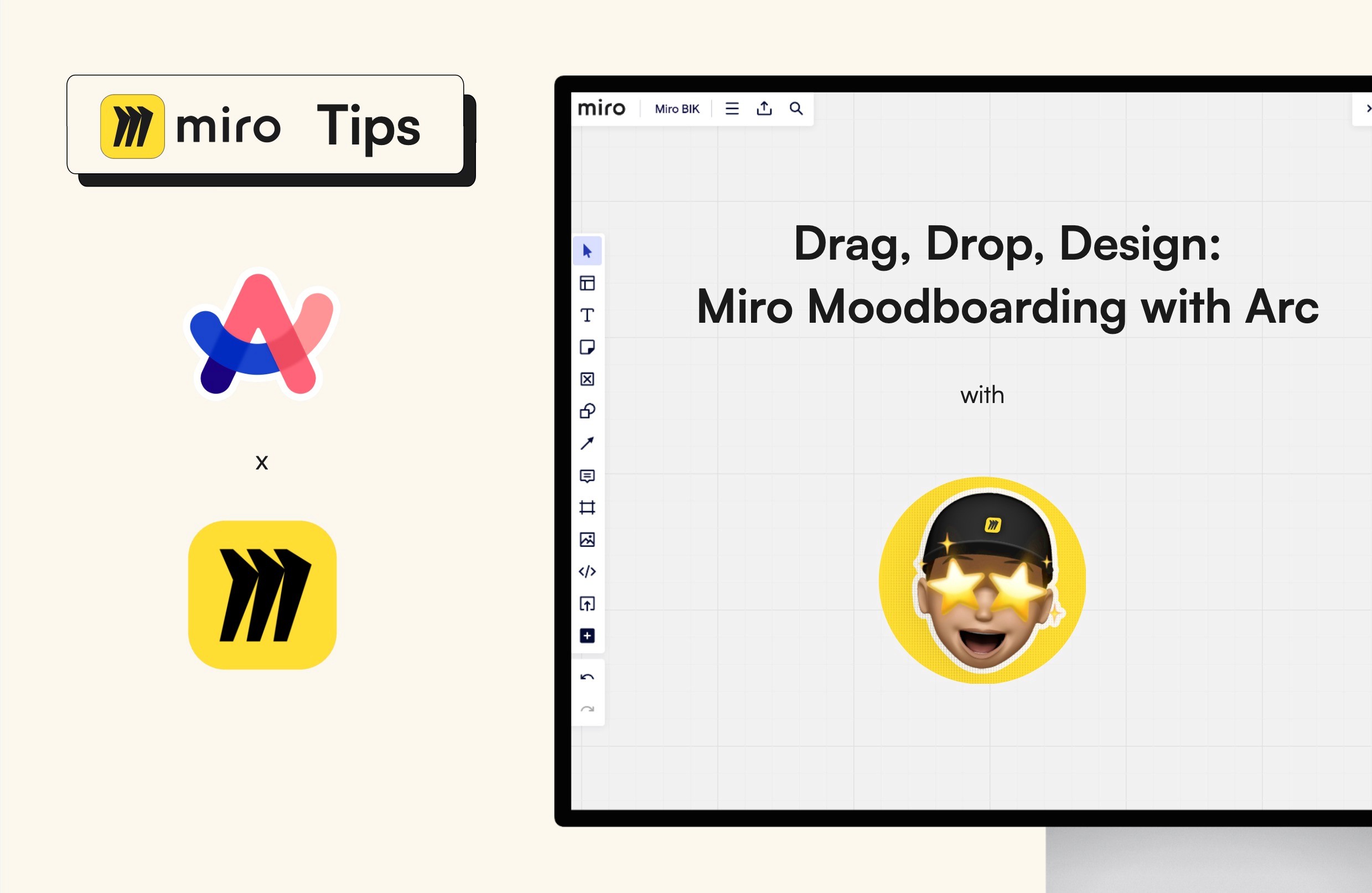





EXCLUSIVE TUTORIALS
Join for exclusive access to premium tutorials, behind-the-scenes, and more. Elevate your creativity and learning experience.
Join for exclusive access to premium tutorials, behind-the-scenes, and more. Elevate your creativity and learning experience.







10

10

10

+5h

+5h

+5h

100%

100%

100%

Meet your facilitators

BIK - @Miro Consultant Community Member

BIK - @Miro Consultant Community Member

BIK - @Miro Consultant Community Member

Amy Hernandez - Strategy @Salesforce

Amy Hernandez - Strategy @Salesforce

Amy Hernandez - Strategy @Salesforce
Tips
Tips
Tips
Tips
Level up your Miro Game
Level up your Miro Game
Click & swipe through the videocards below.
Click & swipe through the videocards below.
Video Tutorials
Video Tutorials
Video Tutorials
Full Access to
Exclusive Tutorials
Full Access to
Exclusive Tutorials
Full Access to
Exclusive Tutorials
Comprehensive Miro Tutorials
Comprehensive Miro Tutorials
Comprehensive Miro Tutorials
Template Building Mastery
Template Building Mastery
Template Building Mastery
Effective Project Publication Guides
Effective Project Publication Guides
Effective Project Publication Guides
Interactive Prototyping Techniques
Interactive Prototyping Techniques
Interactive Prototyping Techniques
Feature Exploration and Utilization
Feature Exploration and Utilization
Feature Exploration and Utilization
Feedback Integration Strategies
Feedback Integration Strategies
Feedback Integration Strategies
Advanced Problem-Solving Techniques
Advanced Problem-Solving Techniques
Advanced Problem-Solving Techniques
Advanced Miro Techniques Showcase
Advanced Miro Techniques Showcase
Advanced Miro Techniques Showcase
Webinars with Miro Experts
Webinars with Miro Experts
Webinars with Miro Experts
In-Depth Case Studies
In-Depth Case Studies
In-Depth Case Studies
Early Access to Cutting-Edge Features
Early Access to Cutting-Edge Features
Early Access to Cutting-Edge Features
Believers Pass 🎫
$99.00
One-time payment
You can cancel anytime. Charges will apply after your subscription period ends, and automatic renewal will be initiated.
Believers Pass 🎫
$99.00
One-time payment
You can cancel anytime. Charges will apply after your subscription period ends, and automatic renewal will be initiated.
Believers Pass 🎫
$99.00
One-time payment
You can cancel anytime. Charges will apply after your subscription period ends, and automatic renewal will be initiated.
Answers to
Your Questions
Answers to
Your Questions
Answers to
Your Questions
How do I cancel my subscription?
How do I cancel my subscription?
How do I cancel my subscription?
Are the tutorials suitable for beginners?
Are the tutorials suitable for beginners?
Are the tutorials suitable for beginners?
Can I access tutorials on multiple devices?
Can I access tutorials on multiple devices?
Can I access tutorials on multiple devices?
Is there a difference between monthly and yearly subscriptions?
Is there a difference between monthly and yearly subscriptions?
Is there a difference between monthly and yearly subscriptions?
What happens if my payment fails during the subscription period?
What happens if my payment fails during the subscription period?
What happens if my payment fails during the subscription period?
Can I get a refund if I'm not satisfied with the tutorials?
Can I get a refund if I'm not satisfied with the tutorials?
Can I get a refund if I'm not satisfied with the tutorials?
Stay Informed, Stay Inspired
Join my mailing list to stay updated with the newest discoveries in Miro design.
Stay Informed, Stay Inspired
Join my mailing list to stay updated with the newest discoveries in Miro design.
Stay Informed, Stay Inspired
Join my mailing list to stay updated with the newest discoveries in Miro design.








